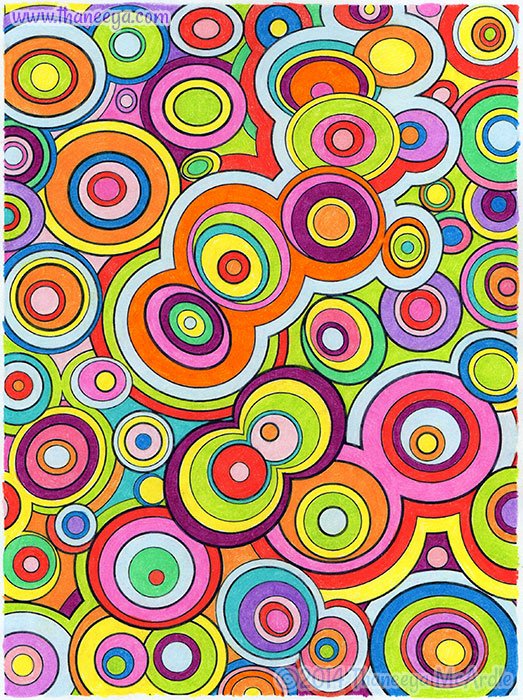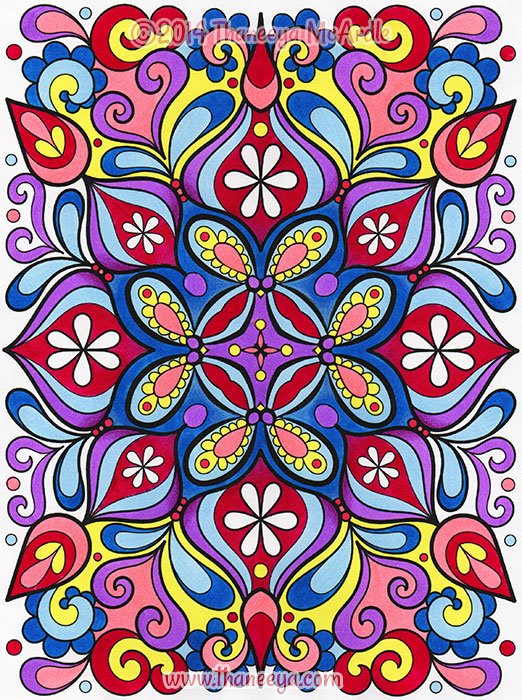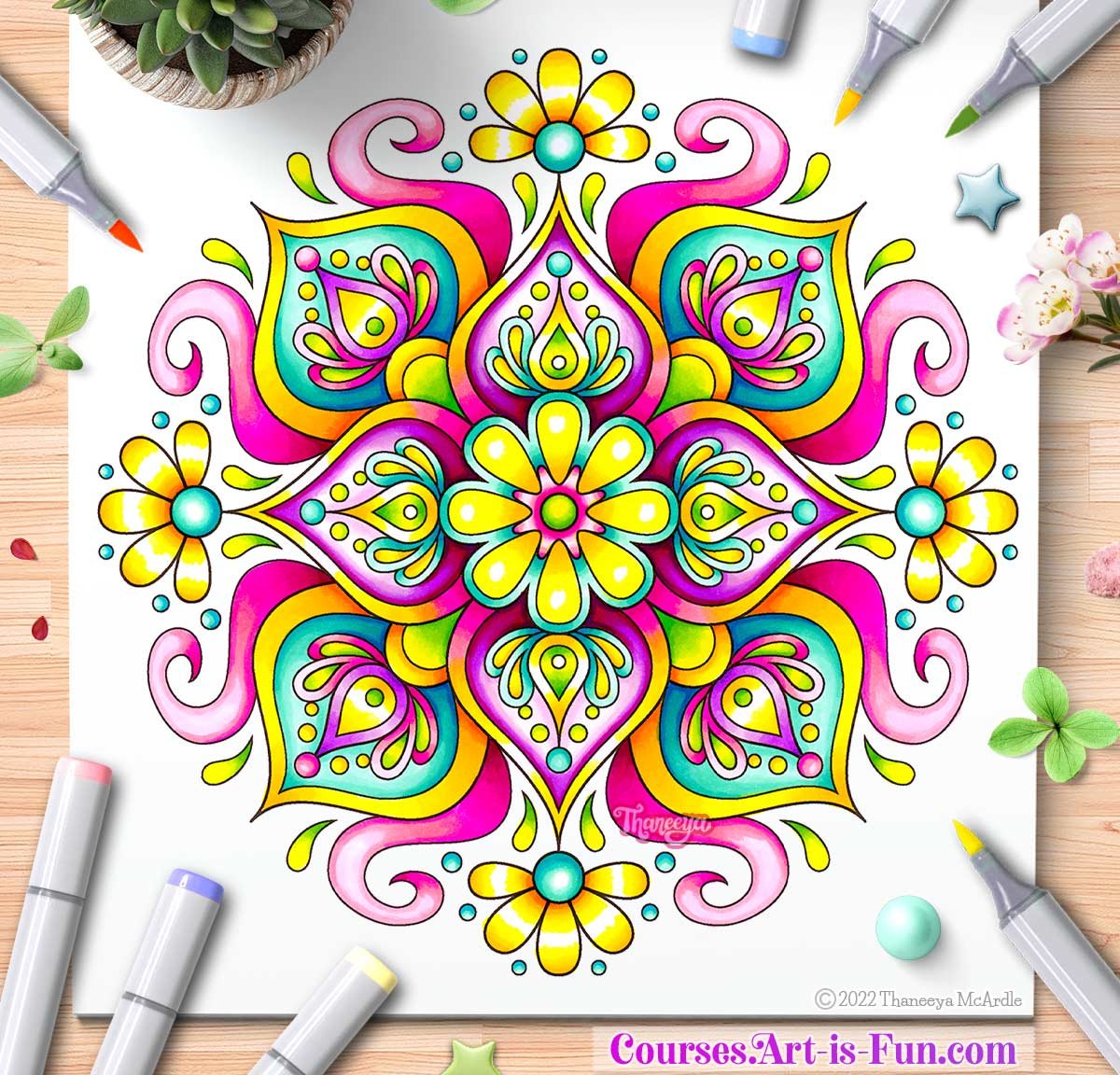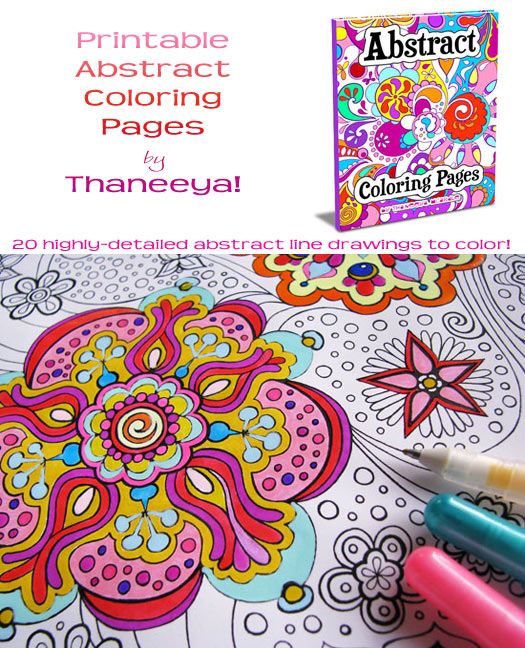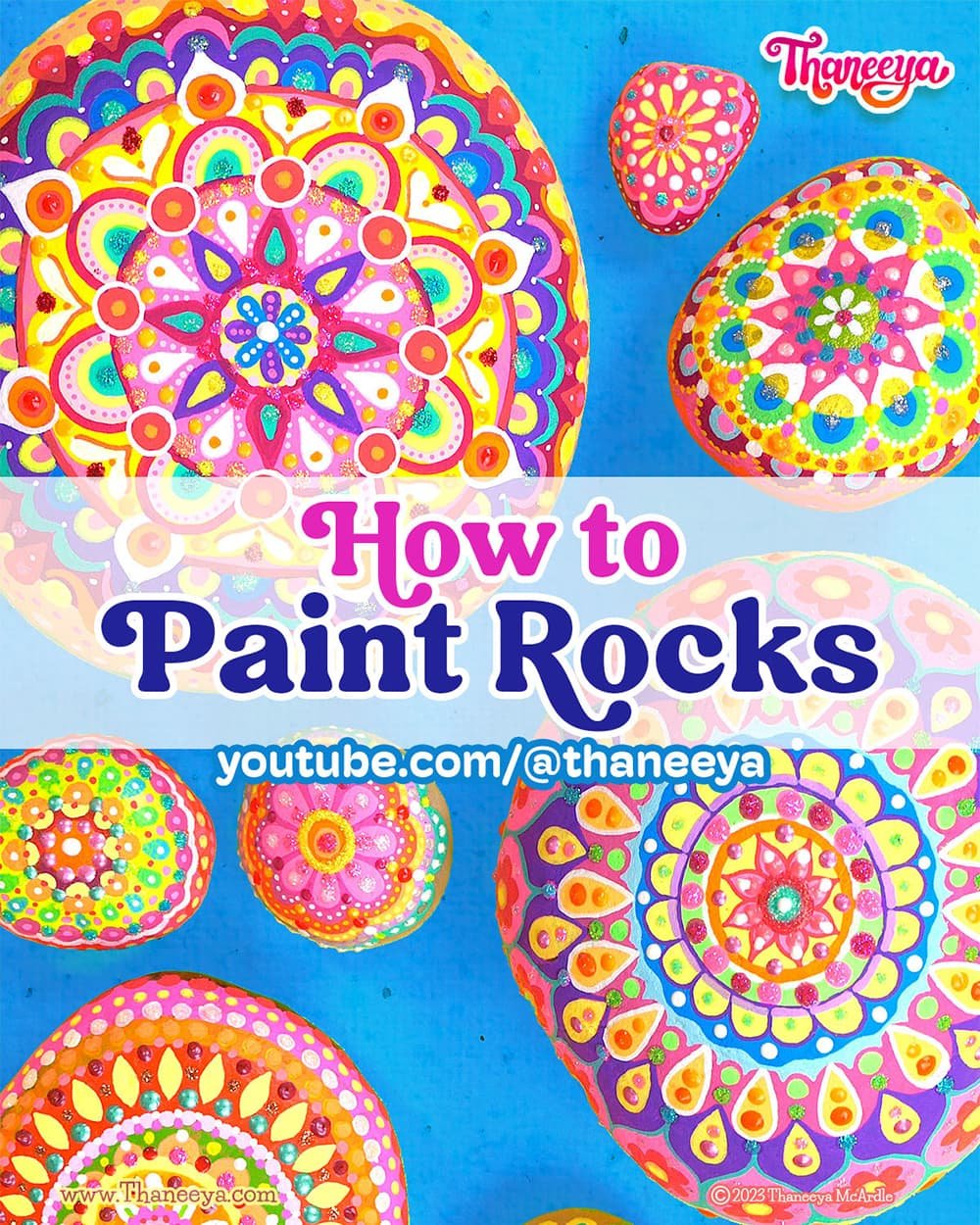Abstract Paintings and Drawings
Abstract paintings and drawings are a playground of visual delights. In abstract art, the artist can create worlds of color and contemplation. Abstract artists use form, color, line, texture, pattern, composition and process to present ideas and evoke emotions in a poetic, nonlinear fashion. An abstract painting can be about any one or combination of these elements.
On this website I write about abstraction as both a subject in art and as a style of art. This page will focus on the stylistic qualities of abstract art - that is, what it looks like and what form it takes.
To deepen your understanding of the meaning, purpose, history and context surrounding abstract art, I highly recommend reading my other abstract art article, where you can also learn how to make your own abstract art!
Abstract Art Styles
Abstract art has the ability to express what other visual art styles cannot. It can address concepts that are intangible and theoretical, existing in the realms of mind and spirit, rather than in outer reality. Abstract art utilizes pure color, shape, and form to express its meaning, without getting bogged down in the storylines carried by objects and scenery. As such, abstract art can touch the emotions in a fresh, raw and powerfully direct way.
Although abstract art exists as a general style describing non-objective art, there are many, many different styles within the genre. Each style of abstract art serves its own particular meaning or agenda. In addition, each artist has his or her own individual style. For example, some artists use many colors, while others use minimal color. Some abstract artists incorporate lots of patterns and details, and others just paint vast blocks of color. There are artists who focus on the push and pull of negative and positive space (or other formal qualities), while others focus on visual story-telling. In short, there are many different ways to approach abstract art!
A brief list of the many different abstract art styles/movements include: minimalism, abstract expressionism, aboriginal art, non-objective, neo-plasticism, color field, lyrical abstraction, post-painterly abstraction, Russian Constructivism, geometric abstraction, and action painting.
Whew, what a list!
To examine an abstract painting or drawing in terms of its style, you need to actively take note of the following areas: form, color, line, texture, pattern, composition and process.
The main unifying element amongst all forms of abstract art is that the work is non-objective and non-representational. This means that the artwork does not intentionally look like anything. Abstract art can be based on a form that exists in reality, or it can be based purely on the imagination. In abstract art, the process is often just as important (if not more important in the experience of the artist), than the final product. There are many ways that an artist can apply paint to an abstract painting, such as rolling, brushing, splattering, dripping, scraping or soaking the paint. Their brushstrokes may be rough and choppy, or fine and delicate. They may work entirely intuitively, creating the abstract painting off the top of their head. Or they might take the pre-planned approach, carefully penciling in the details before putting the brush to canvas. In addition, abstract artists can also attach sand or other forms of texture to the canvas to create an added dimension to the artwork.
Here'a a quote from the man credited as being the "first" abstract artist in Western art:
““Of all the arts, abstract painting is the most difficult. It demands that you know how to draw well, that you have a heightened sensitivity for composition and for colours, and that you be a true poet. This last is essential.””
Abstract Paintings & Drawings
Below you can see a small selection of the abstract paintings and drawings that I’ve created over the years, using a variety of media: acrylics, watercolors, watercolor pencils, alcohol markers, gel pens, ink and colored pencils. Click to view each a larger version of each image, and check out even more of my colorful abstract art!
Return to the Abstract Art Table of Contents, which has many more articles and tutorials where you can...
Learn to color in this mandala
Mandalas are one of my favorite abstract art forms! In my Ultimate Guide to Using Alcohol Markers, you can learn step-by-step how to color in the luminescent mandala below. Printable line art is included, so you can follow along at your own pace.
Printable Abstract Coloring Pages
If you like my abstract art, check out my printable Abstract Coloring Book with 20 pages of intricate abstract line art to fill in with COLOR!
How to paint rock mandalas
Learn how to use Posca paint pens to create colorful rock mandalas in my detailed step-by-step tutorial!







